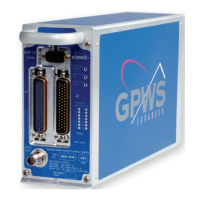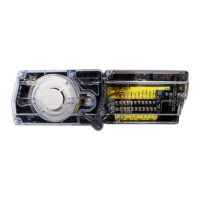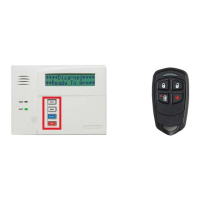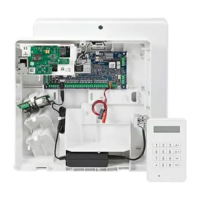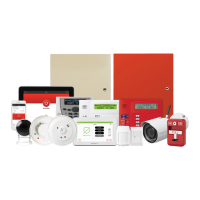060-4314-000 • Rev. C - May 2004
12 MK VI & MK VIII EGPWS Pilot Guide
MODE 2
Excessive
Closure to
Terrain
MODE 2A
Steep
Approach
Bias
Glideslope
Deviation
Bias
Flap
Override
Bias
If a valid ILS Glideslope front course is received and the aircraft
is above the glideslope centerline, the outer (sinkrate) boundary
is adjusted to desensitize the sinkrate alerting. This is to prevent
unwanted alerts when the aircraft is safely capturing the glides
-
lope (or repositioning to the centerline) from above the beam.
The EGPWS offers a Steep Approach option that desensitizes the
alert boundaries to permit steeper than normal approaches (e.g.,
MLS or GPS) without unwanted alerts.
When flap override is selected, the alert boundaries are
desensitized to permit higher descent rates as the result of flaps
in a non-landing configuration. This bias is smaller than the
steep approach bias.
Mode 2 provides alerts to help protect the aircraft from impacting
the ground when rapidly rising terrain with respect to the aircraft
is detected. Mode 2 is based on Radio Altitude and on how
rapidly Radio Altitude is decreasing (closure rate). Mode 2 exists
in two forms, 2A and 2B.
Mode 2A is active during climbout, cruise, and initial approach
(flaps not in the landing configuration and the aircraft not on
glideslope centerline). If the aircraft penetrates the Mode 2A
caution envelope, the aural message “TERRAIN, TERRAIN” is
generated and cockpit EGPWS caution lights will illuminate. If
the aircraft continues to penetrate the envelope, the EGPWS
warning lights will illuminate and the aural warning message
“PULL UP” is repeated continuously until the warning envelope
is exited. Upon exiting the warning envelope, if terrain clearance
continues to decrease, the aural message “TERRAIN” will be
given until the terrain clearance stops decreasing. In addition,
the visual alert will remain on until the aircraft has gained 300
feet of altitude, 45 seconds has elapsed, or landing flaps or the
flap override switch is activated.
The following graph shows how the upper boundary of the Mode
2 alert envelope varies as a function of the aircraft speed. Two
aircraft speed ranges are defined; 220 knots to 310 knots for
faster aircraft, and 190 to 280 knots for slower aircraft (selected
for the aircraft configuration at installation). The boundary
expansion provides increased alert times at the higher airspeeds.

